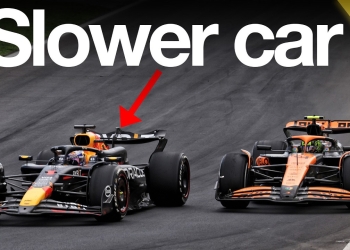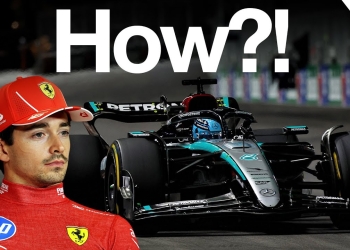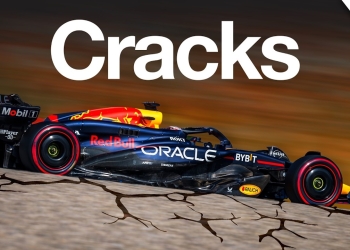The Complexity of Modern F1 Car Development
In the world of Formula 1, developing a competitive car seems straightforward on the surface. Add more downforce, generate more grip, and watch lap times drop. However, the reality is far more complex, especially under the current ground effect regulations introduced in 2022.
The Challenge of Ground Effect
The current F1 regulations focus on getting cars to run as low and stiff as possible. While producing vast amounts of downforce at low ride heights is relatively easy, teams face several challenges:
- Preventing floor contact with the track
- Avoiding aerodynamic stalling (porpoising)
- Maintaining consistent performance across various corner speeds
- Balancing mechanical and aerodynamic design
As Mercedes technical director James Allison explains, "The relationship between the mechanical and aerodynamic design has become more intimate."
Key Factors Complicating Development
Several factors make car development increasingly difficult for F1 teams:
- Aerodynamic Testing Restrictions (ATR): Limits on wind tunnel testing and CFD items
- Cost Cap: Restricts development rates and staff headcount
- Tire Sensitivity: George Russell describes getting the best out of tires as "black magic"
- Lack of Track Testing: Limited opportunities to run cars outside of race weekends
- Tight Field: Small performance gains can make significant position differences
"Getting the best out of the tires is black magic." - George Russell, Mercedes driver
Team Performance Variations
Different teams have faced varying challenges under the current regulations:
- McLaren: Most consistent car, excelling at high downforce tracks
- Ferrari: Strong on street circuits and low downforce setups, struggles with higher downforce
- Red Bull: Efficient at low downforce tracks, front-end issues in slower corners
- Mercedes: Highly sensitive to conditions, generally better at higher speeds
Click here to preview your posts with PRO themes ››
The McLaren Success Story
McLaren's MCL38 has emerged as the most consistent and competitive car on the grid. Their approach of delivering upgrades in large packages, rather than small incremental changes, has proved effective.
"McLaren likes to gather all the chunks together and deliver it in a big hit." - Rob Marshall, McLaren Chief Designer
Performance Ceilings and Future Development
As the regulations mature, teams are finding it increasingly challenging to extract more performance. James Allison notes that "gains are getting more and more asymptotic as the development progresses."
However, the consensus is that there's still room for improvement. F1 teams excel at learning and improving their understanding of the underlying science, which typically leads to performance gains.
Conclusion
While the current F1 regulations present numerous challenges for teams in understanding and optimizing their cars, the relentless pursuit of performance continues. As teams gain more knowledge and experience with these rules, we can expect further innovations and improvements in car design and performance.









